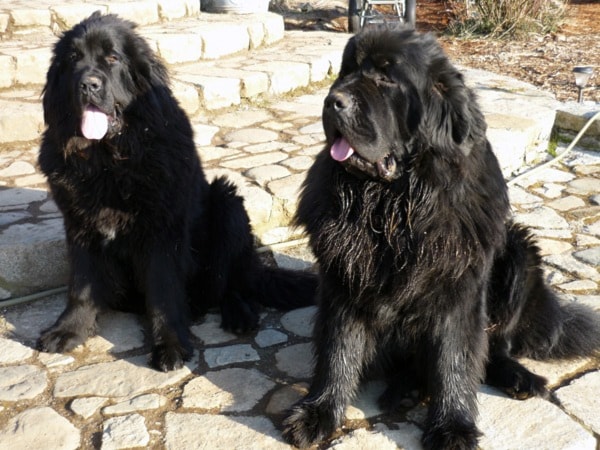It's in place to protect animals from themselves, but the Comox Valley Regional District's Bylaw 100 primarily protects the safety and well-being of the public.
Derald Lewis, manager of bylaw compliance and special investigations for the Comox Valley Regional District, explained the Impounding and Licensing of Animals Bylaw is not to seize pets away from their owners, but to regulate the licensing, noise and danger of pets.
"We deal primarily with dogs, but the bylaw (created in 1981) does cover any dog, cat, or other pet," Lewis noted, who added the CVRD has a contract with the Comox Valley SPCA to look after animal control as well as provide a facility for animals.
The bylaw was redrafted in 2010, and Lewis said any complaint filed must be written via e-mail or by filling out a bylaw complaint form, and they are directly referred to the SPCA.
"The CVRD oversees the contract and might be involved to assist or take over the file if required," he added.
Lewis said there is a process in place prior to seizing an animal, which involves warnings, ticketing and an investigation. He added there have been very few times — maybe two — when the CVRD has proceeded to a court hearing to apply for an application to destroy a dangerous dog.
"We search for a resolution in between the owner (and complainant). Usually there is a lot of history, and not necessarily with the dog. But the bottom line is to protect the public and animals' safety."
He explained a dog is deemed dangerous when it has killed or injured a person or another animal while on public or private property, or if an animal control officer has concerns and is likely to believe the animal is likely to kill or injure.
"(The bylaw) is in place for the safety of the public, and the safety of other dogs and pets. We want to ensure the well-being and safety of the public no matter what," Lewis said.
If a complaint escalates to a point where the SPCA requires the assistance of a bylaw officer, Lewis noted an investigation is launched, and more then just the complainant and owner of the animal in question are involved.
"We go to more than just two people (when investigating an incident). We go to the neighbours, go to the vets, we find out the history of the animal, and to the SPCA.
"It's not one specific incident. We don't take action unless the evidence is there," he said.
Lewis said his job and those of other animal control officers at an investigation is to collect evidence to present to a judge if an application to destroy an animal is required, and allow the judge to make a decision based on the information collected.
"(For many people) animals are their life, and it's a great thing. But when they are threatening the safety of people and the public, it becomes a concern. It's the owners' responsibility to look after their pets in a proper manner, so no animal or person gets injured."
photos@comoxvalleyrecord.com
